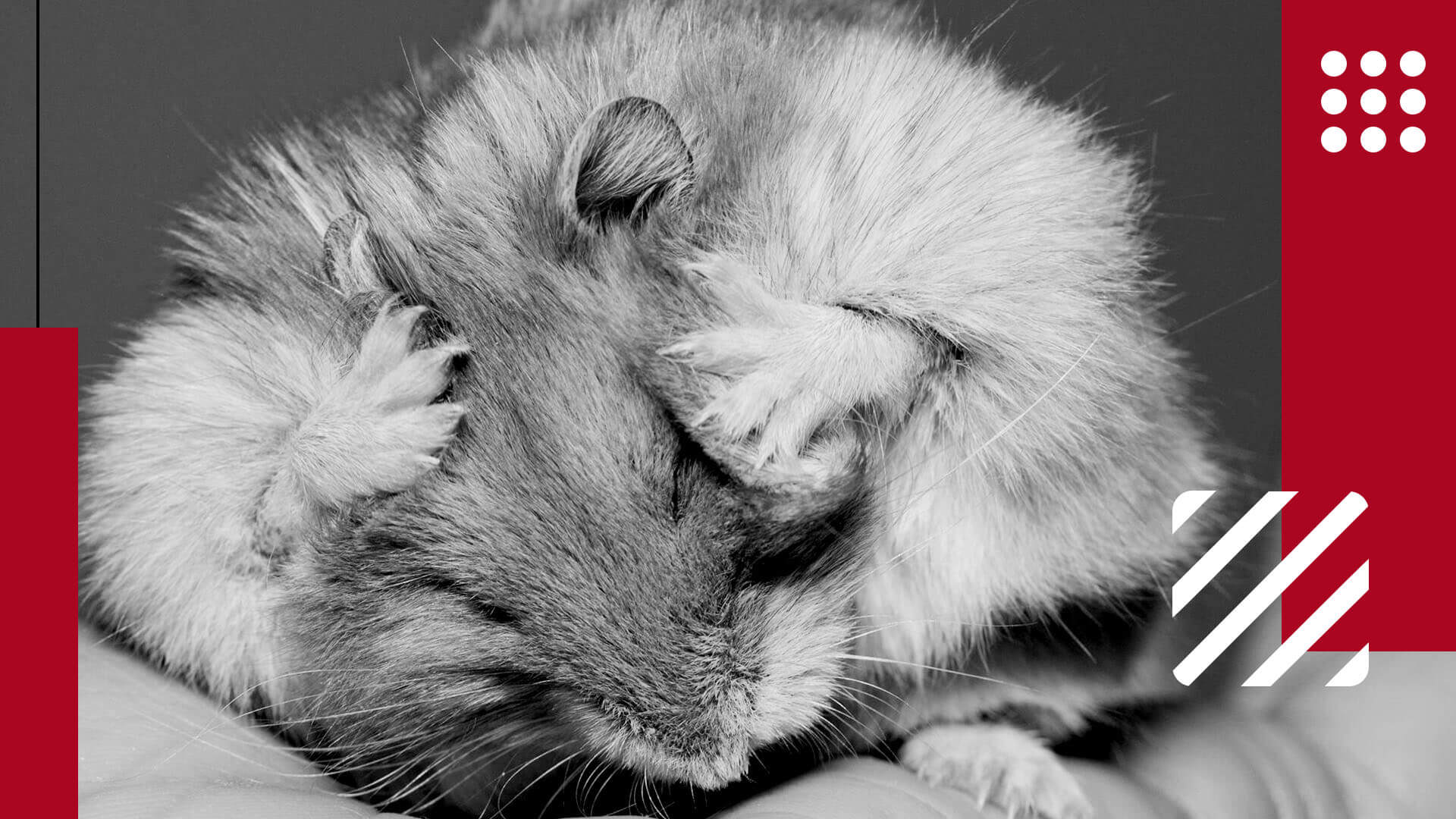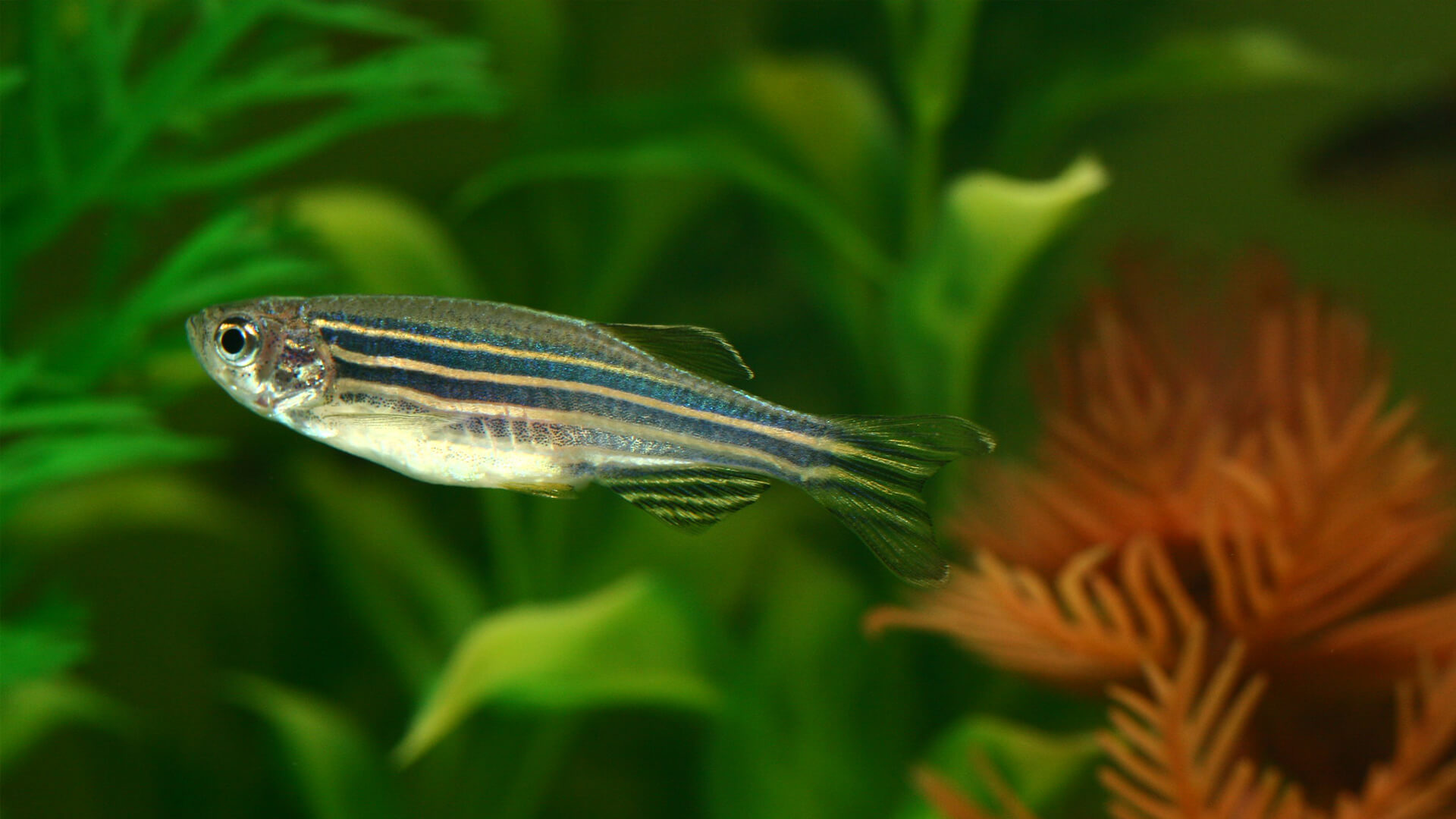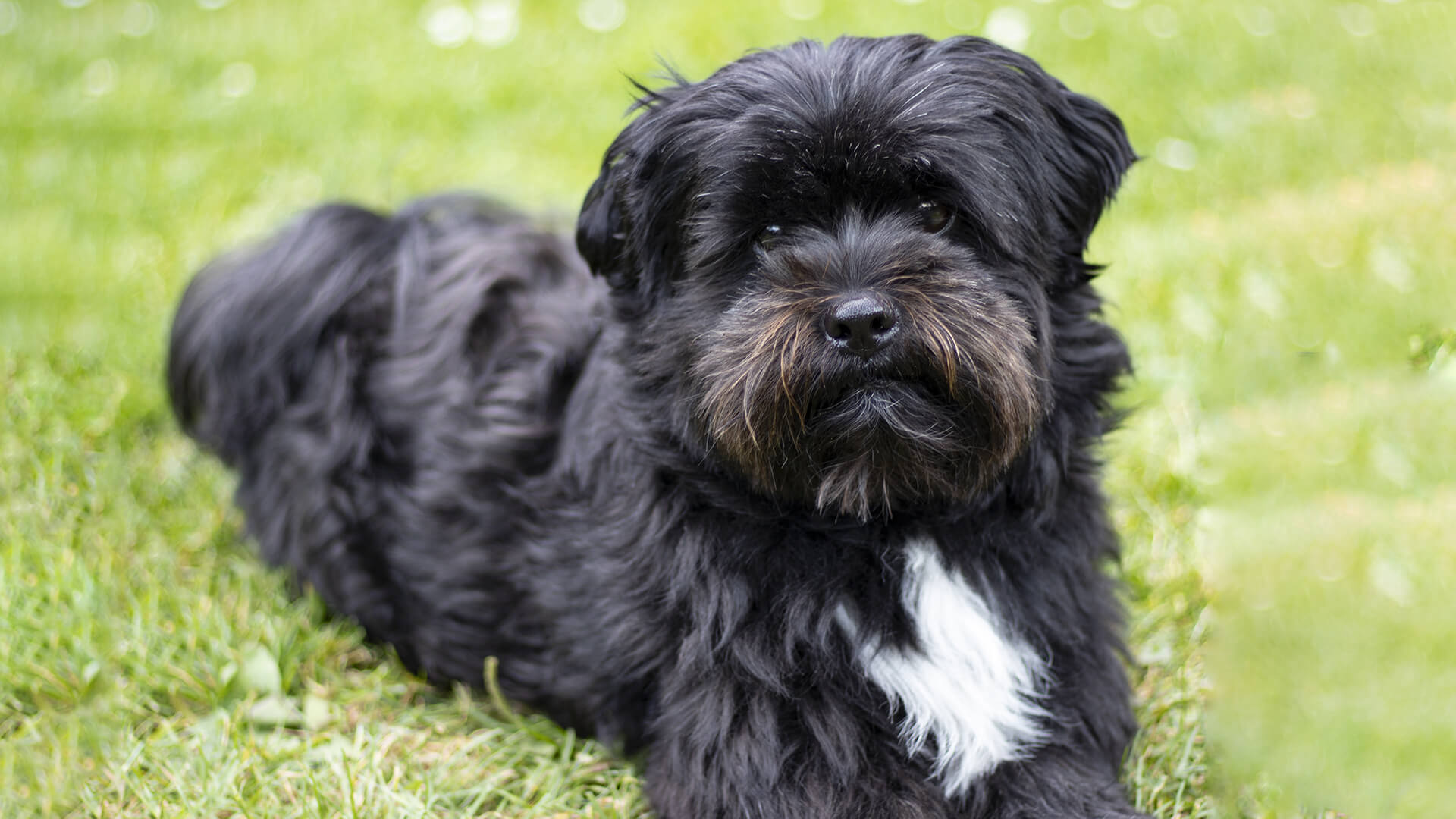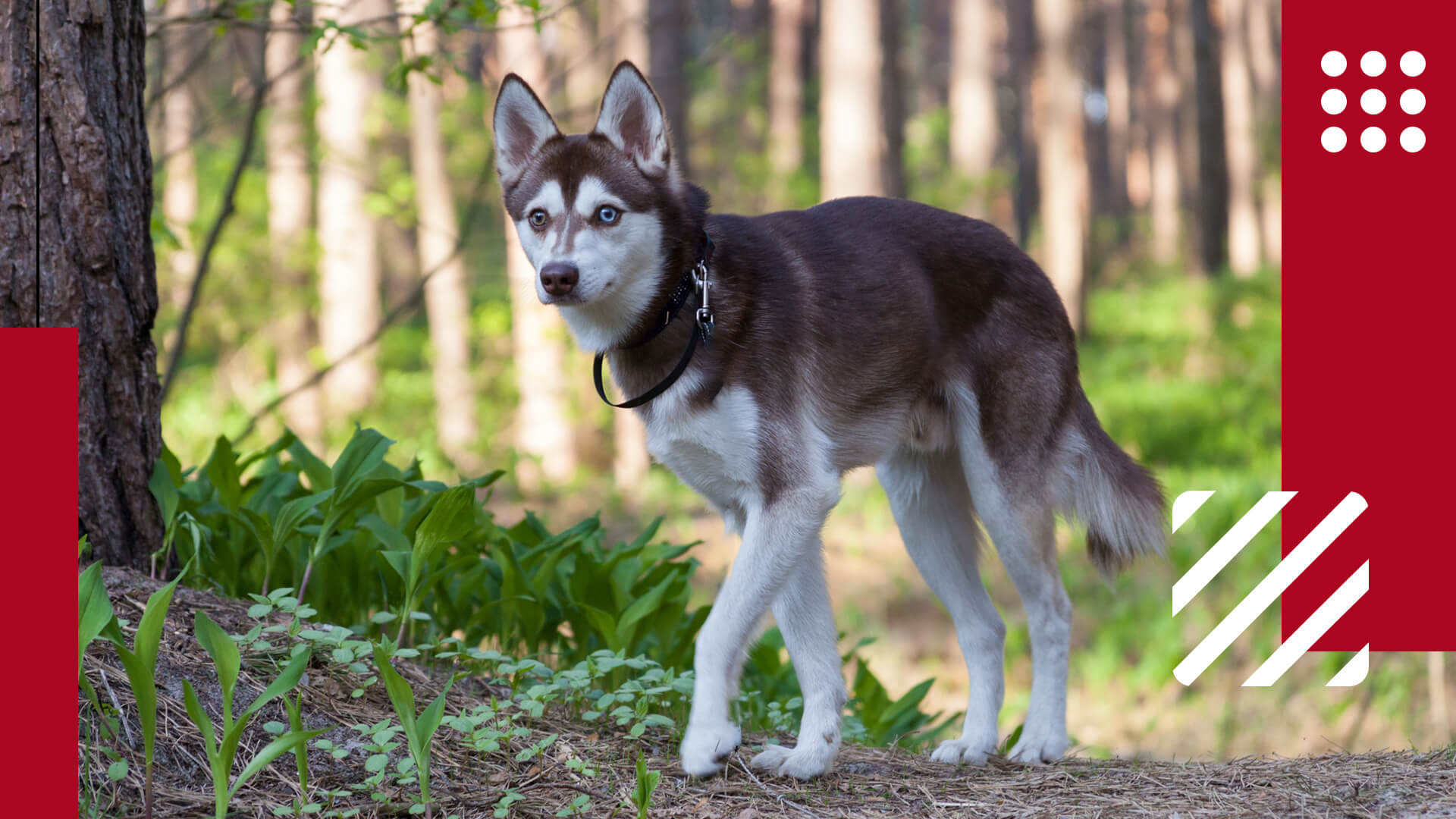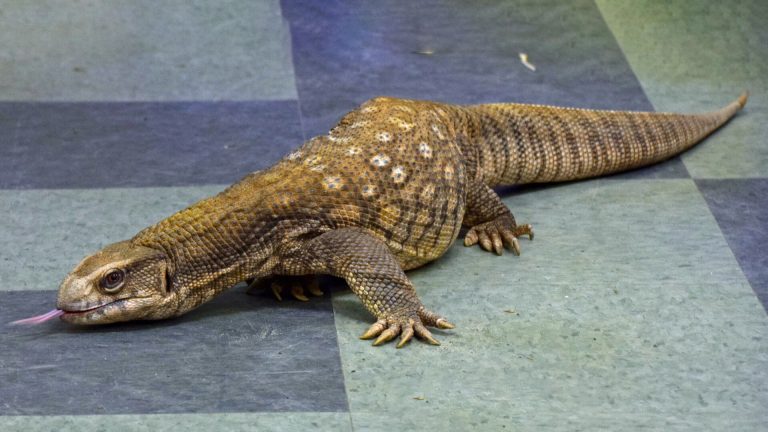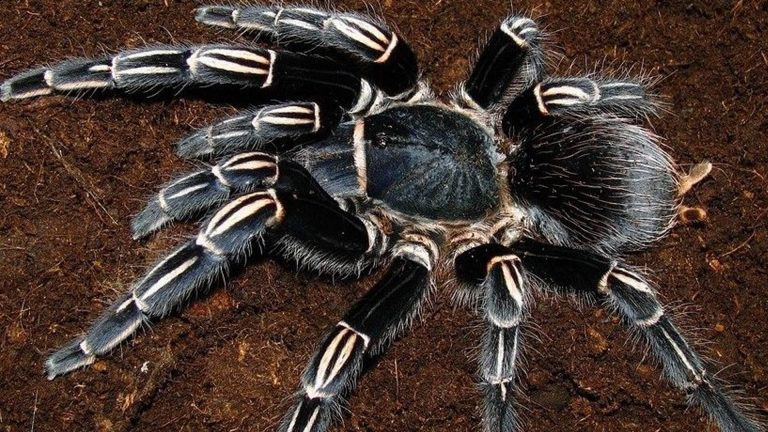The leopard gecko, scientifically known as Eublepharis macularius, is a lizard species that primarily inhabits rocky dry grasslands and deserts in regions such as Pakistan, Afghanistan, northwest India, and Iran. Over the past three decades, it has become a popular choice as a pet, earning the distinction of being the first domesticated lizard species.
Leopard geckos thrive in warm and dry climates, but they also require a hiding spot that provides moisture and comfort. In their natural habitat, they seek shelter in burrows and shaded areas during the daytime, displaying nocturnal behavior by being active during dawn and dusk. Even when kept in captivity, they retain intermittent activity patterns. During the winter, when temperatures drop below 10 degrees Celsius, leopard geckos enter a state of hibernation known as brumation, relying on stored fat reserves for survival.
In the wild, leopard geckos face predators such as foxes, snakes, and larger reptiles. To protect themselves, geckos possess sharp senses of hearing and vision, enabling them to detect potential threats and take evasive action.
Distinctive Features of Leopard Gecko
| Scientific Name | Eublepharis macularius |
| Lifespan | Up to 20 years |
| Color | Various morphs, including yellow, orange, and brown with spots or patterns |
| Size | Up to 11 inches |
| Health Risk | Low |
| Tank Size | 20 gallons for a single gecko, larger for multiple geckos |
| Temperature | 88-92°F (31-33°C) basking spot, 75-85°F (24-29°C) ambient temperature |
| Humidity | 10-30% |
| Substrate | Suitable reptile substrate, such as reptile carpet or paper towel |
| Tankmates | Best kept individually, can coexist with compatible geckos |
| Unique Trait | Eyelids and ability to vocalize |
| Famous For | Popular pet lizard |
| Temperament | Generally docile |
| Maintenance | Low |
| Adaptability | Moderate |
| Behavior | Generally good, with supervision |
| Personality | Nocturnal and ground-dwelling |
| Social | Solitary |
Common leopard geckos are relatively larger compared to other members of their species. Adult females typically measure between 7.1 and 7.9 inches in length and weigh about 50 to 70 grams. Adult males, on the other hand, reach lengths of 7.9 to 11 inches and weigh around 60 to 80 grams. In captivity, these lizards have a lifespan of up to 20 years.
Their short legs contribute to their rapid and agile movement, while their small nails and claw-like toe endings enable them to climb twigs and rocks. Unlike some other gecko species, leopard geckos do not have sticky pads or lamellae on their hands, which limits their ability to climb smooth vertical surfaces.
Leopard geckos have ear openings on both sides of their head, which are protected by a membrane. These ears play a crucial role in locating prey.
Geckos are polyphyodonts, meaning they can continually replace their teeth. They can regenerate a full set of 100 teeth within 3 to 4 months. They have movable eyelids and are capable of closing their eyes. Their long tongue can even lick their own eyelids. Geckos communicate through chirping sounds, which can convey different messages such as impending danger, annoyance, or social interaction with other lizards.
The tail of a leopard gecko holds great significance. In the wild, if the tail gets injured, it will gradually shrink and shed the damaged part, enabling regeneration.
Leopard geckos display a range of colors, varying from yellow to brownish-orange, with spots covering the dorsal region of their body. These colors are produced by specialized cells called chromatophores. Wild geckos typically have yellow and black spots, while commercially bred specimens may have red and white spots. Hatchlings initially have stripes, which gradually transform into spots. The underside of their bodies is white. In females, eggs can be seen through the skin, while males can be identified by the presence of preanal pores.
Leopard geckos undergo regular shedding of their skin, during which they seek seclusion. A few days before shedding, their skin becomes translucent and takes on a whitish-gray hue. Adult geckos shed their skin approximately once a month, while juveniles shed twice as frequently. After shedding, they often consume their old skin. Underneath, the new skin appears bright and vibrant. The shedding process helps with camouflage from predators and prevents their scent from being easily detected.
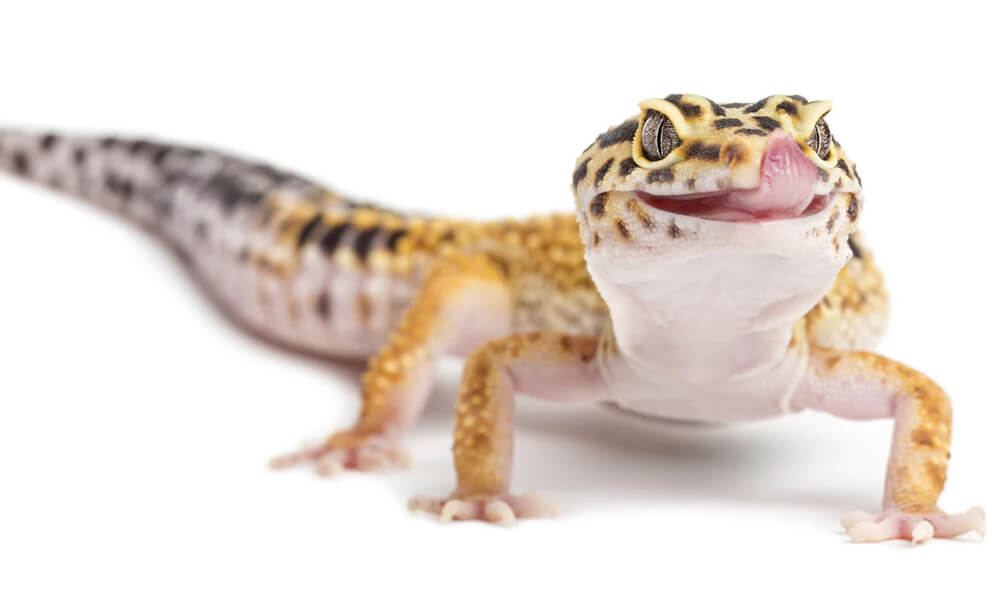
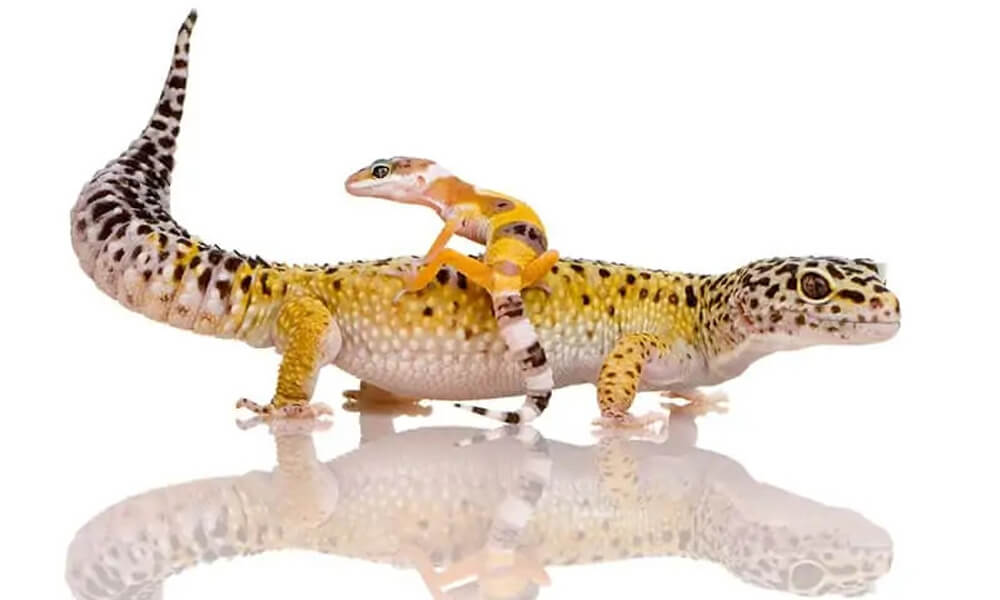
How to Take Care of Pet Leopard Gecko?
Leopard geckos are one of the most popular pet reptiles. They are easy to take care of and they usually live for a long period. However, it is very important to know what they like or dislike in order to avoid any problems in the future.
How to Setup Habitat for Pet Leopard Gecko?
A 15-20 gallon tank is suitable for housing 2-3 geckos. It is advisable to keep a single male gecko in each habitat. If breeding is not a consideration, males and females can be housed together. Ensure the tank is well-ventilated with a screened lid. Provide logs for hiding and climbing, which can be obtained from pet shops. Alternatively, cardboard boxes can be used as hiding spots. It is important to provide a damp hide box for geckos during shedding. This helps them maintain proper moisture levels and facilitates the shedding process. The habitat should be spot cleaned regularly to remove feces.
Additionally, a thorough monthly cleaning is necessary, where everything inside the tank is removed, scrubbed, and disinfected. Fresh substrate should be laid out to minimize the growth of bacteria.
Temperature and Lighting
As cold-blooded reptiles, geckos require the ability to regulate their body temperature. Use a normal white light incandescent heat bulb for daytime basking. For nighttime, use a red, purple, or blue heat bulb, along with a ceramic heat emitter. Avoid using under-tank heating pads as they may not regulate the lizard's temperature effectively. Heating pads can cause burns if the gecko retreats to the base of the tank. Hot rocks should also be avoided.
Avoid placing the lizard's tank near drafts or next to windows. It is important to create a temperature gradient within the tank, with a warm side and a cool side. Position the heat light on one side of the habitat. The warm side of the terrarium should have a temperature range of 29-35°C (84-95°F), while the cool side should be approximately ten degrees cooler. Humidity levels should be maintained between 10-30%.
If the humidity is too low, below 20%, geckos may experience difficulties during shedding. To maintain the appropriate humidity level, use a screen top along with the heat source to ensure the surroundings remain dry. It is recommended to use a hygrometer and humidity gauge to accurately monitor humidity levels.
In their natural habitat, leopard geckos have limited exposure to sunlight, mainly during dawn and sunset, as they are nocturnal creatures. In captivity, providing limited exposure to UVA and UVB light, ranging from 2-7%, is essential for their health, as it helps prevent metabolic bone disease.
Light Duration and Timer: During the summer period, geckos will require approximately 14 hours of light per day, while 12 hours will suffice during winter. It is recommended to use timers for maintaining consistent light cycles. Additionally, a night-specific bulb can be added to observe the gecko's activities. Geckos are ectothermic, absorbing warmth and energy during the day as they sleep, and becoming active hunters and digesters at night.
Substrate and Environmental Enrichment
Avoid using sand as a bedding substrate for young geckos, as there is a risk of them ingesting it, which can lead to intestinal blockage. Paper towels and carpets are good options for substrate. Wood shavings are not recommended as they may cause injury to the gecko's small feet. The volatile oils present in materials like walnut shells can also irritate the gecko's skin.
Geckos of the same species enjoy engaging in activities like hide and seek. The cool side of the habitat should have rocks, branches, or other items that provide hiding places. Adding some wet moss to the hiding spots can be beneficial during shedding, as it helps the gecko with the skin shedding process.
What to Feed Pet Leopard Gecko?
In their natural habitat, geckos are opportunistic predators and primarily feed on invertebrates such as crickets, small locusts, wax-moth larvae, springtails, mealworms, super-worms, phoenix worms, flies, roaches, nestling mice, and grasshoppers. If given the opportunity, they may also consume small vertebrates and pink mice. Breeders often recommend dusting live or dead crickets with nutritional powder before offering them to the geckos. Fresh vegetables and clean water should be provided to maintain water balance and provide essential nutrients. Juvenile geckos should be fed daily, while adults can be fed on alternate days. Supplements may be necessary to ensure their nutritional needs are met.
A shallow dish of freshwater should be available to the gecko at all times. This serves multiple purposes, including adding humidity to the habitat and providing a water source for the lizard to drink from or even soak in.
A healthy gecko will have a thick, fleshy tail. If the tail appears thin, it can be an indication of poor health. Feeding wax-moth larvae to the gecko may cause the tail to become flat. To promote a plump tail, it is advisable to offer pinkies (one-day-old mice) as part of the gecko's diet.
What are the Health Concerns of Pet Leopard Gecko?
A healthy gecko can be identified by its bright and clear eyes, as well as a thick tail. When resting, the belly should not touch the ground.
Metabolic bone disease is a common condition that affects geckos. It is characterized by deformities in the spine and limbs, which occur due to a lack of calcium and vitamin D. Symptoms of this disease include loss of appetite and tremors.
Geckos can develop armpit bubbles, which are pockets filled with fat, protein, vitamins, calcium, or minerals. This condition typically occurs in overweight geckos and subsides once they reach a normal weight.
Gastroenteritis, a bacterial infection, can affect geckos. Early treatment is crucial for recovery, as this condition can be fatal if left untreated.
Insufficient moisture can lead to a condition called dysecdysis, where the gecko's skin becomes dry and it experiences difficulty in shedding. This can also affect the gecko's vision.
Leopard Geckos are prone to respiratory infections and pneumonia. Symptoms of these conditions include wheezing and the presence of bubbles around the nasal area.
What it's Like to Keep Leopard Gecko as a Pet?
When first introducing a new pet gecko, it's important to socialize it by handling it gently. Gradually increase the amount of touch, but be careful not to overwhelm or stress the gecko. It's recommended to start handling the gecko when it reaches a size of 6 inches. Spend 10-15 minutes each day to build trust and allow the gecko to move over your hand. With time and patience, the gecko will become tame. Remember to never pick up a gecko by its tail. After handling the gecko, it's important to maintain hand hygiene to ensure your own health.
Leopard Geckos often use their tail as a means of communication. Slow tail movements indicate that they have been noticed or are observing their surroundings. Quick tail movements from a male gecko may indicate that it has noticed a female or is excited for feeding time. The tail may also shake when the gecko is hunting.
Geckos store fat in their tail to sustain them during periods of low food availability. If you have more than two geckos, it's important to be aware of their communication cues. If they raise their tails, it signifies a potential threat or aggression. In such cases, it's advisable to separate the geckos to avoid any confrontations or harm.
What People Are Reading:
Frequently Asked Questions About Leopard Gecko
Some of the generally asked questions about leopard gecko are answered below.
Is a Leopard Gecko a good pet?
Leopard Geckos can make great pets for reptile enthusiasts. They have unique appearances, are relatively low-maintenance, and can be easily tamed. They are generally docile and do not require as much space as larger reptiles. However, it's important to research and understand their specific care requirements before deciding to get one as a pet.
Do pet Leopard Geckos get lonely?
Leopard Geckos are solitary animals by nature, so they do not require companionship from other geckos to be content. However, they can still bond with their human caretakers and enjoy interaction. Providing them with a comfortable and enriched environment, along with regular handling and socialization, can help prevent loneliness.
Do pet Leopard Geckos die easily?
Pet Leopard Geckos, like any living creature, can be susceptible to health issues if not properly cared for. However, with the right husbandry, a suitable environment, and regular veterinary check-ups, Leopard Geckos can live long and healthy lives. Providing them with a balanced diet, appropriate temperatures, and a clean habitat can significantly reduce the risk of health problems.
How long can Leopard Geckos go without food?
Leopard Geckos are known for their ability to store fat in their tails, which allows them to go without food for extended periods. However, it is generally not recommended to let them go without food for more than 10-14 days. It's important to regularly provide them with appropriate food to meet their nutritional needs and maintain their health.

